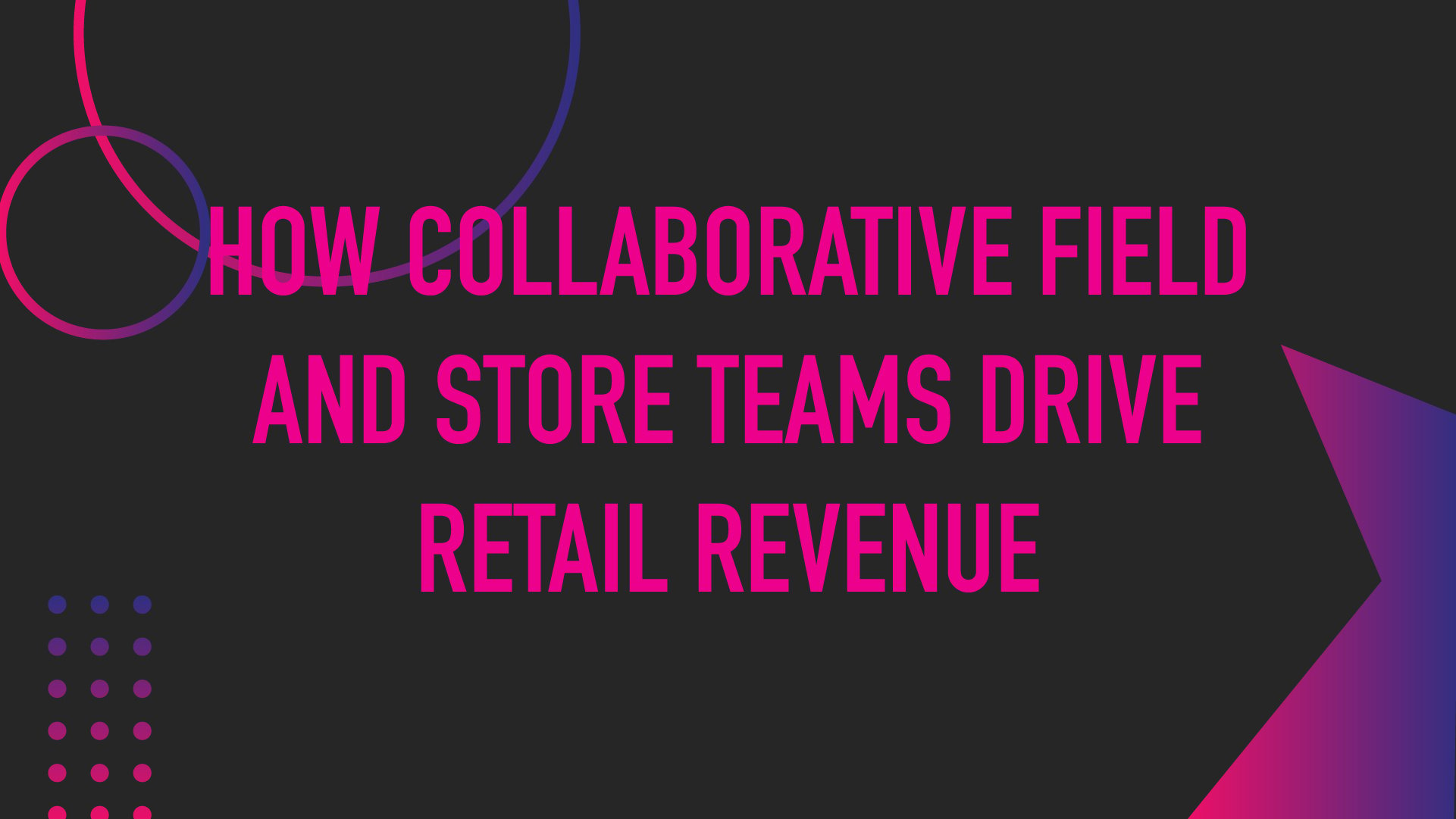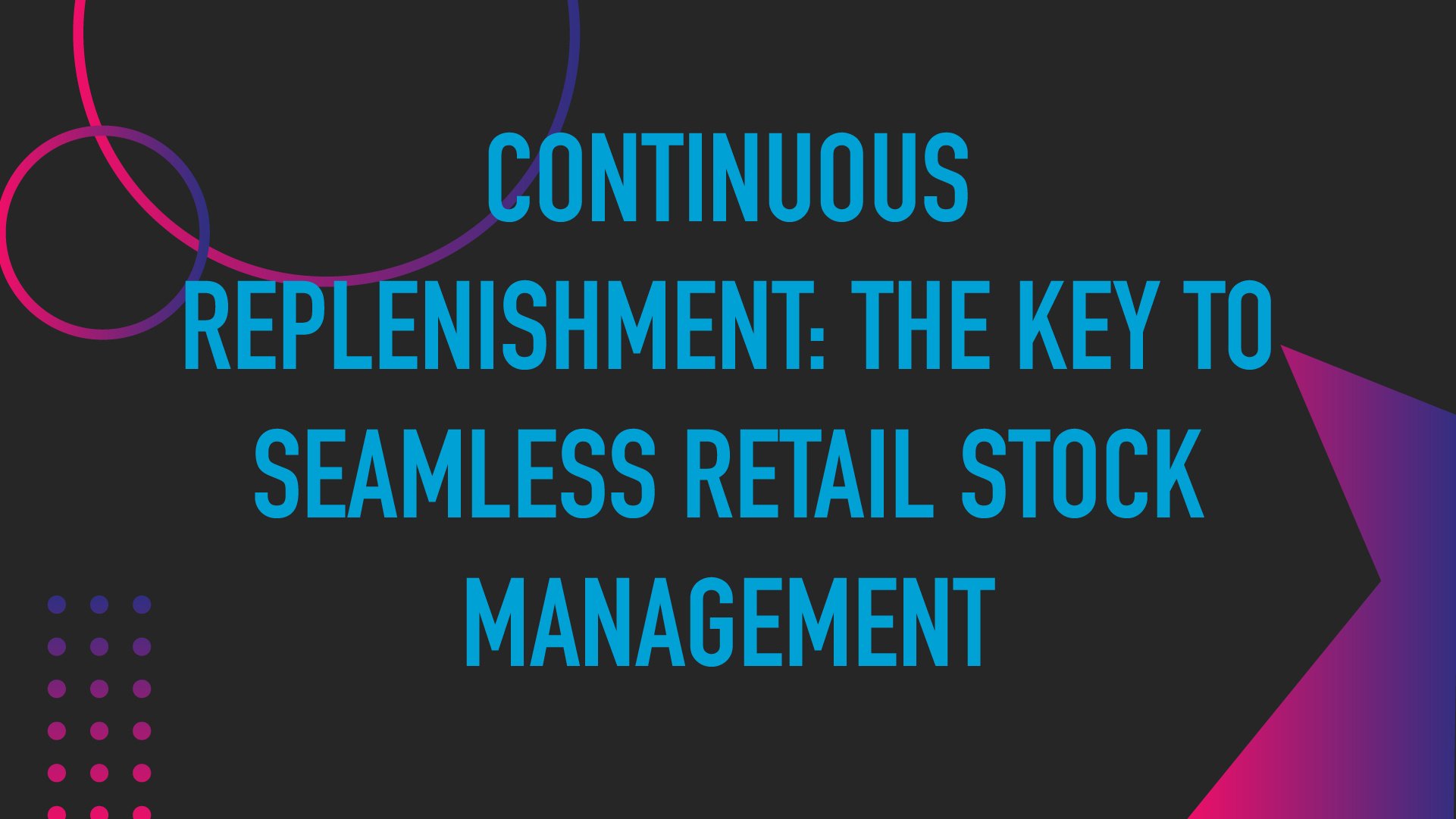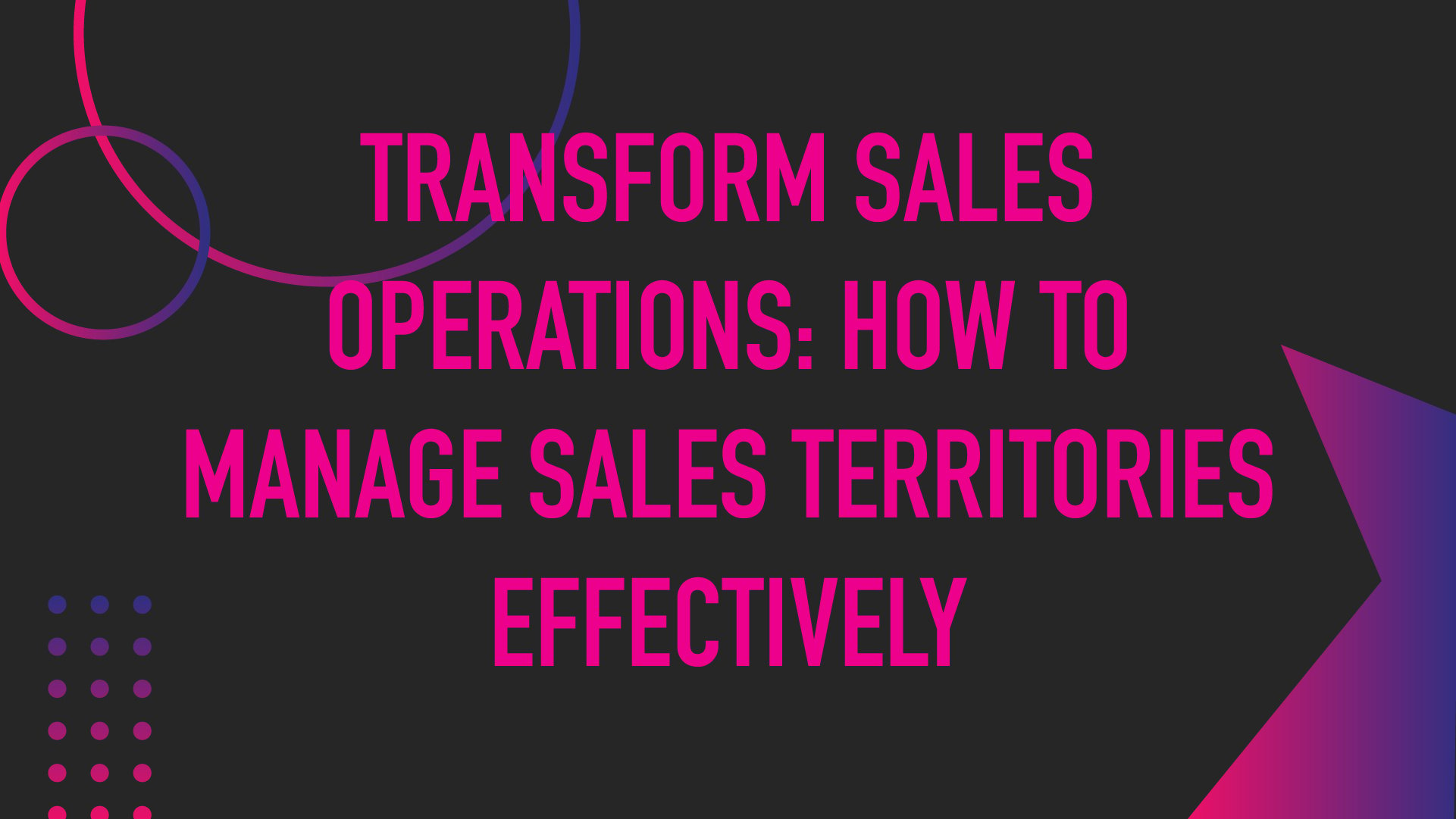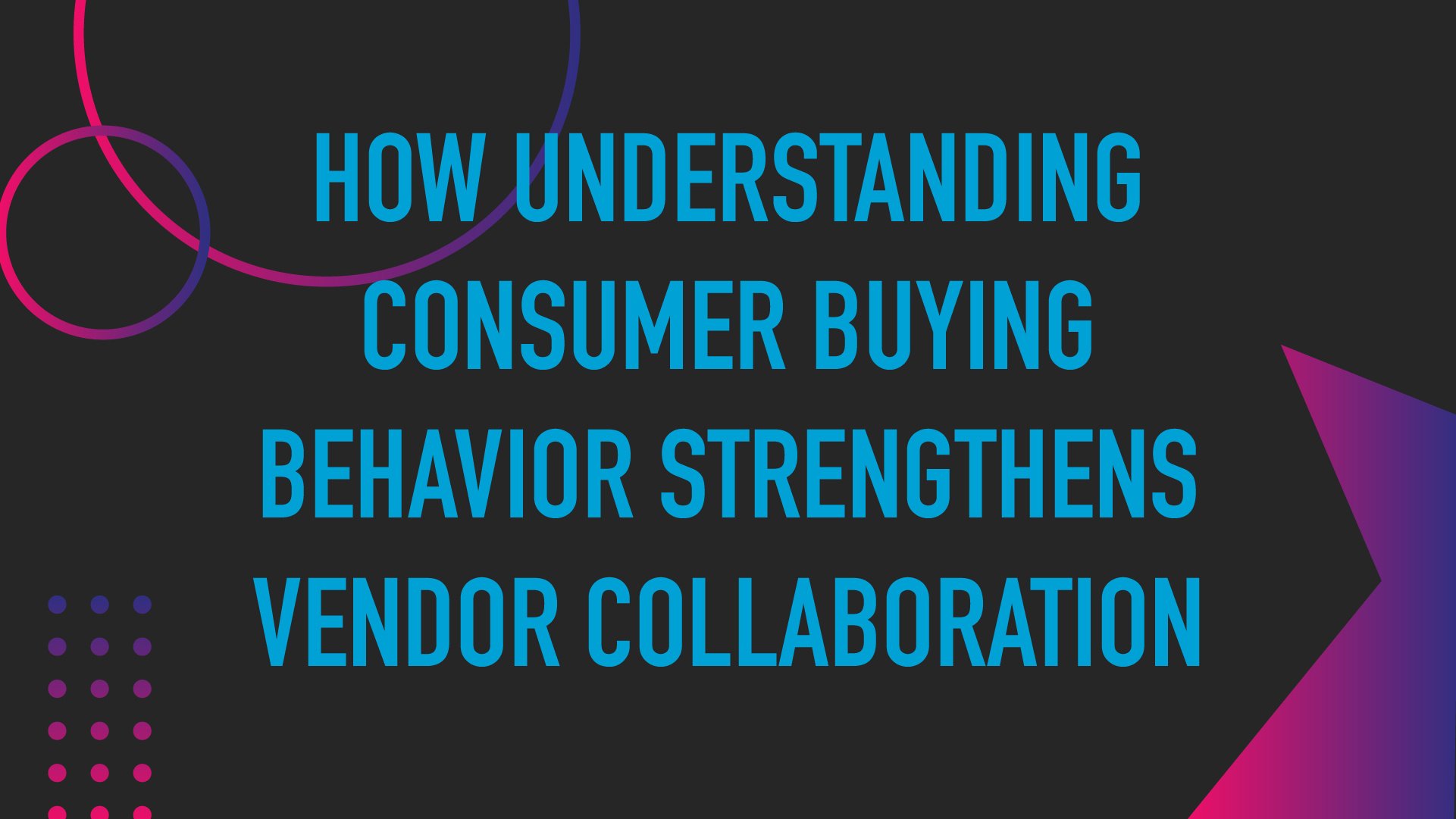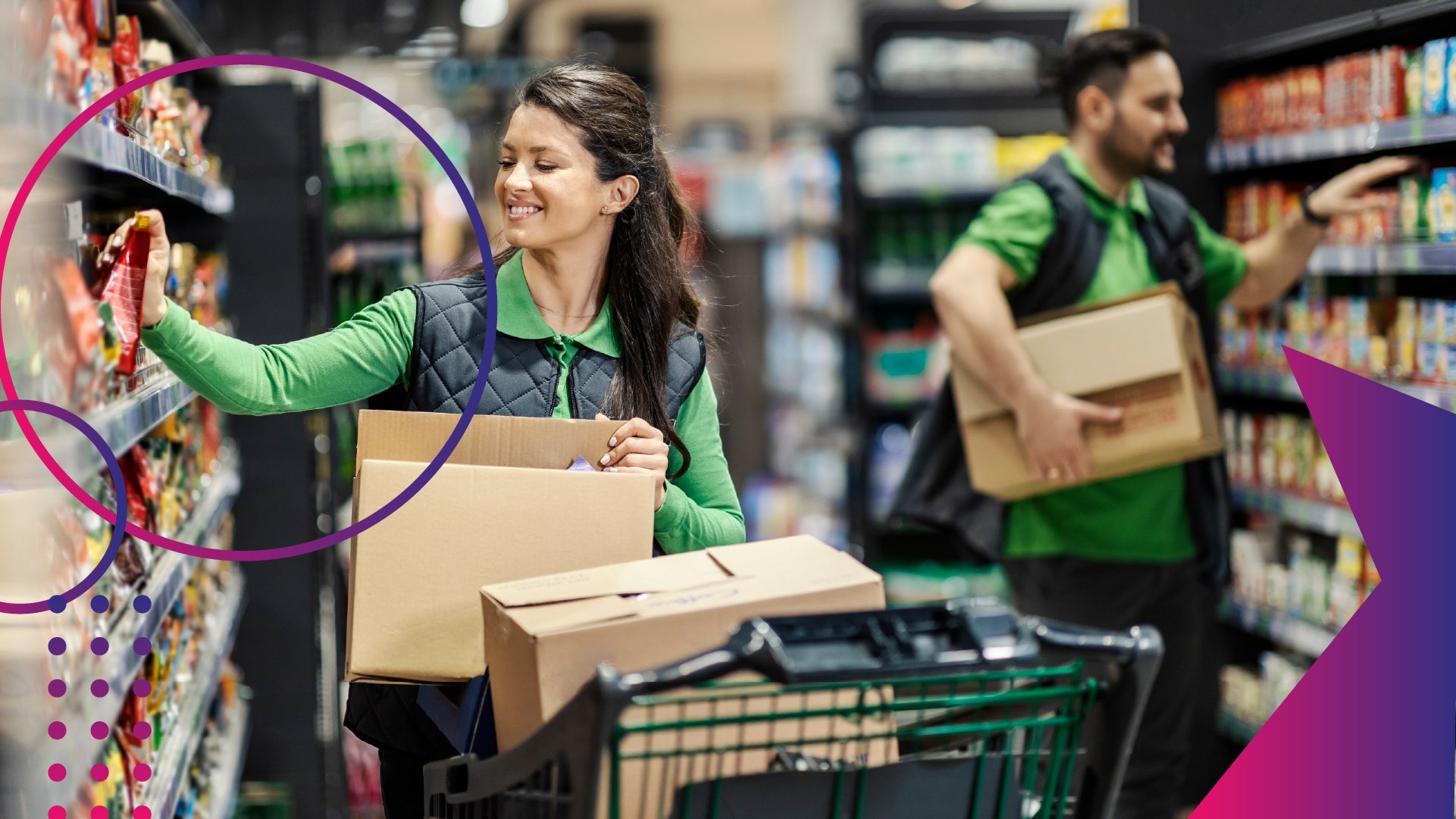Photo AI: The Future of Retail Execution

Retail is evolving fast, and artificial intelligence is leading the charge
When shoppers began buying products online instead of in stores, brick-and-mortar retail had two choices: remain stagnant (and hope for the best) or evolve (and take matters into their own hands). The stores you see today chose the latter. They adopted e-commerce sites of their own to ward off the competition, and they added omnichannel shopping experiences to meet modern customer preferences.
Due to this willingness to evolve, traditional retail has held its ground against e-commerce: it still accounts for 87% of total sales and grew faster than e-commerce for the first time ever in 2021. But the dust has far from settled.
Adding e-commerce and omnichannel shopping to the traditional retail environment has come at a cost: it has made retail execution (i.e., delivering a great customer experience) increasingly difficult, especially at scale. In turn, retailers and brands are actively looking for a solution to keep pace with the rapid evolution of the retail landscape, and one emerging technology is poised to save the day: photo AI.
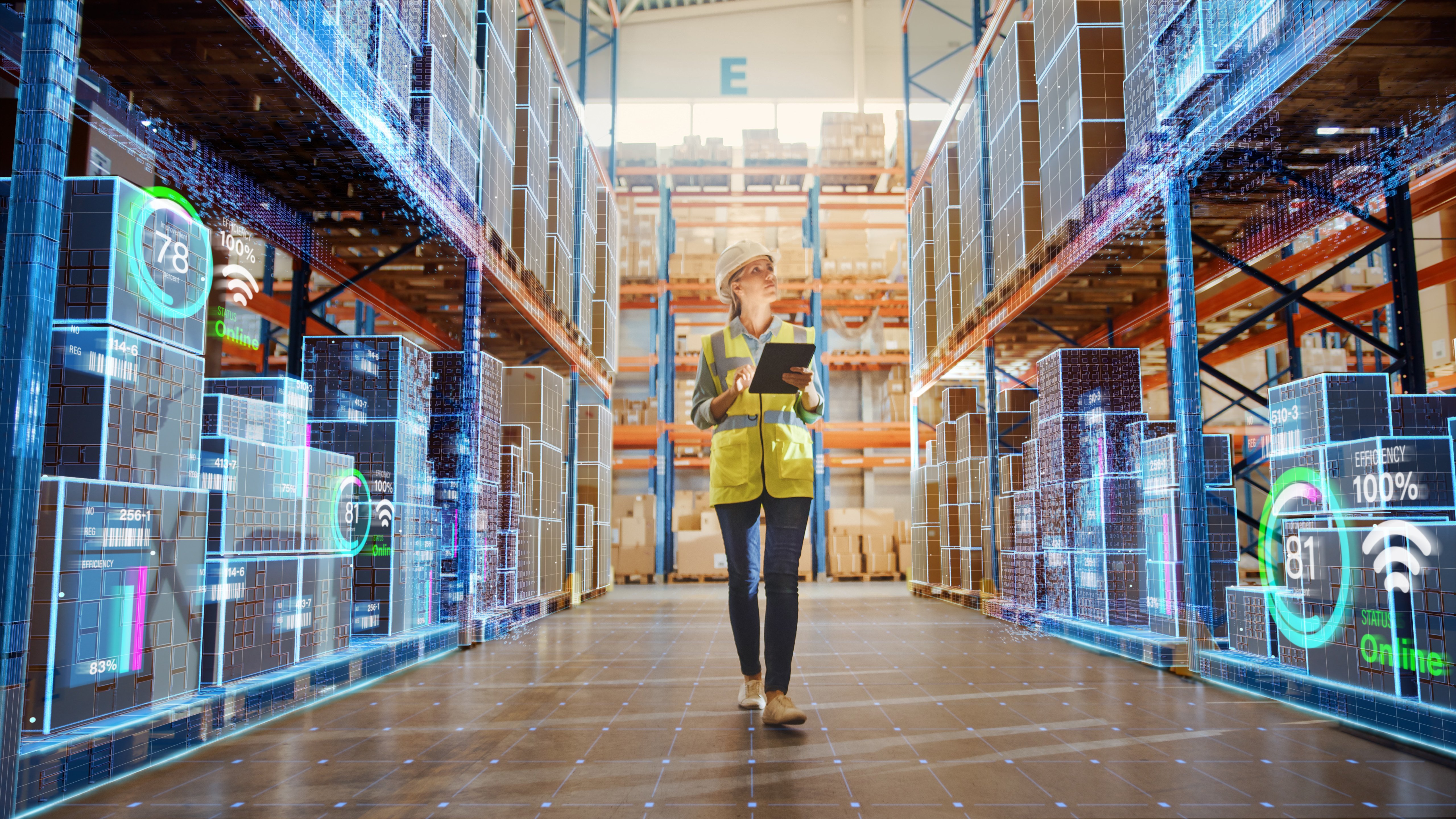
The Role of AI in Retail Execution
Artificial intelligence was born out of the need to minimize (or outright eliminate) the errors and inefficiencies of human problem-solving and decision-making.
And perhaps no other industry could benefit more from this application than retail, whose success rests upon the accuracy and efficiency of large quantities of human review every day.
While numerous forms of AI have the potential to improve retail execution, photo AI in particular is on the verge of revolutionizing it.
Here’s Why
In the early days of brick-and-mortar retail execution, field reps and store employees depended on paper forms and call-ins to report shelf conditions, manage out-of-stocks and fulfill various other in-store tasks.
However, retail teams quickly figured out that this approach scales poorly. Not only is it time-intensive, but it cannot easily be shared among the numerous stakeholders involved in the retail ecosystem, resulting in blind spots and miscommunications that reliably lead to poor customer experiences. This problem, as you can imagine, only worsens as the number of stores and stakeholders increases.
While most retail teams have evolved past these antiquated systems and processes, many still depend on disconnected platforms to execute their retail goals. In other words, the beforementioned problems haven’t disappeared—they’ve only been minimized, as evident by the following statistics:
- Over $1 trillion in retail revenue gets left on the table due to inefficiencies
- Only 18% of organizations have fulfillment accuracy rates of 95% or higher
Thankfully, mobile-based retail execution tools with built-in collaboration software (like this) emerged to fill the scalability needs of modern retail teams. Now, retail teams from all sides of the aisle use mobile devices to document store conditions, instantly share photos to secure clouds for managerial review and effortlessly communicate with internal and external teams.
This development has drastically improved efficiencies and retail execution overall, but it’s only the beginning of the story.
“If you aren't growing and evolving, you're standing still, and the rest of the world is surging ahead.” – Louise Penny
While mobile devices, and the software which accompanies them, have improved retail execution, they still rely on large quantities of human problem-solving and decision-making. And so long as that remains, there will always be room for error (and improvement).
Today, managerial roles must sort through hundreds upon thousands of in-store photos to monitor on-shelf availability, verify planogram and shelf compliance and sift through poorly taken images. These manual tasks become increasingly more difficult and error-prone in direct proportion to the volume of stores, employees and products they manage.
Due to the sheer volume of images, most managers only review a sample of the total images, resulting in unavoidable oversights and customer-experience hiccups. Even if these managers don’t overlook anything, they don’t have time to look over everything.
This is where photo AI comes into play.
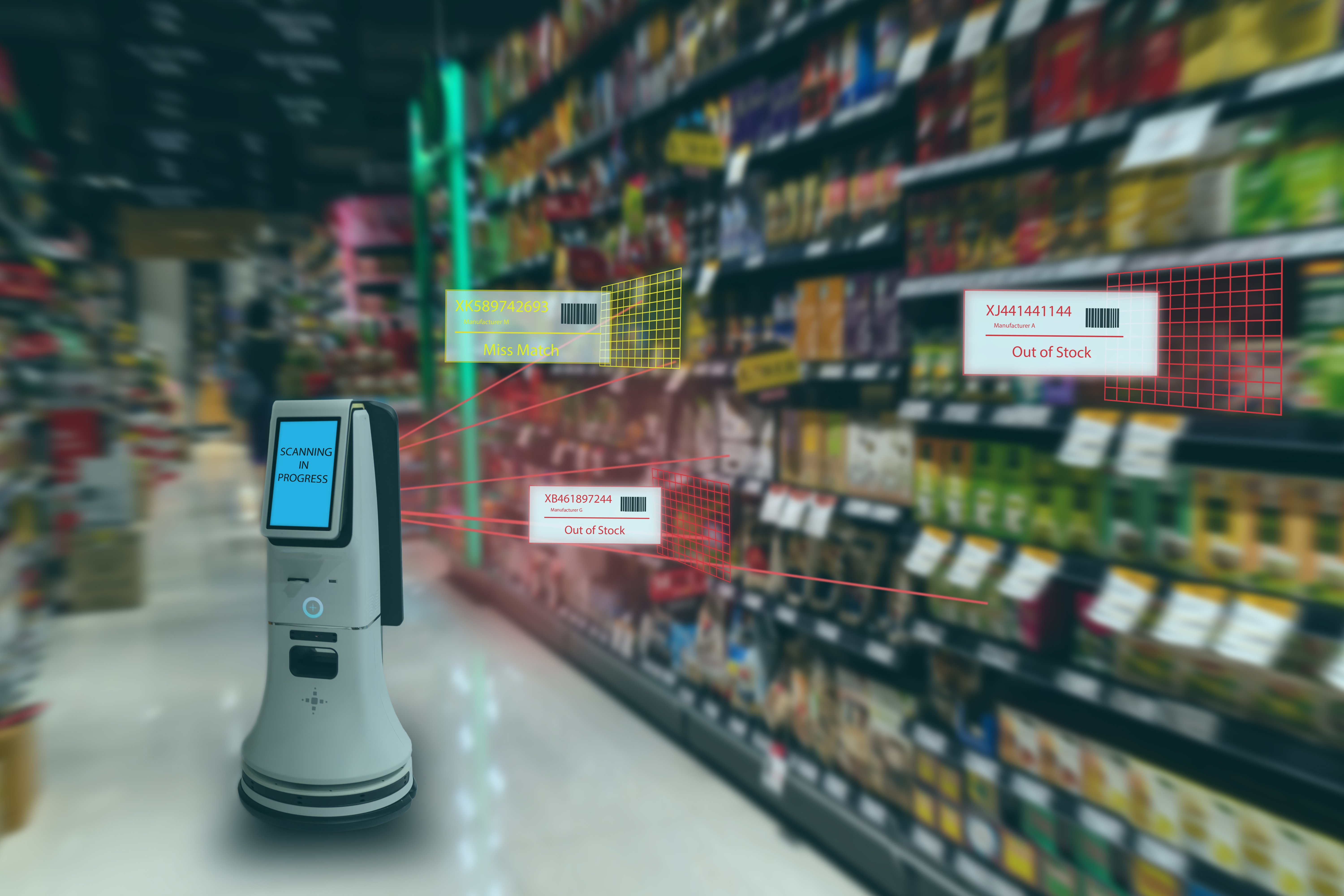
The Exciting Potential for Photo AI in Retail Execution
Retail companies are actively building AI technology that can, in theory, replace the need for human image review. In an ideal world—and perhaps the not-so-distant future—AI will be able to sort through every single in-store image, despite the quantity, and analyze metrics such as:
- On-shelf availability
- Planogram compliance
- Retail banner distribution
- Photo quality
- Pricing compliance
- Negative object detection
- Share on shelf
All things that are done manually by humans today…
Better yet, this technology will be able to automatically notify appropriate teams or employees so in-store problems can be resolved almost instantaneously, and with 100% accuracy. With this capability, Movista conservatively estimates that photo AI can yield the following improvements to retail execution outcomes:
- +8% OSA
- +5% sales
- +10% compliance
A less obvious but equally impactful benefit of photo AI is its ability to improve workforce flexibility.
It’s no secret that the retail industry is struggling with labor recruitment and retainment. Employee attrition rate is as high as 60%, and it costs around $3,000 to recruit a single employee. This high turnover rate can be attributed to a number of factors, but irregular work schedules and overstretched work capacities are driving this trend.
With image-recognition AI implemented into retail stores, both in-store and managerial teams will have less on their plates. Managers can spend less time sifting through photos, and in-store workers (from retailer employees to field reps) can execute their tasks more quickly.
In stores with aisle robots and on-shelf cameras, the need for humans to take photos of shelves may even become obsolete, freeing up more time for teams to focus on their primary job: executing retail tasks and consistently delivering a great customer experience.
The trillion-dollar question, however, is whether this level of AI sophistication is even possible. And if so, when will it come to fruition?
A Practical Projection of Photo AI
Above, we have painted an ideal picture of photo AI’s role in retail execution. But AI on the whole still has a long way to go.
If retail teams adopt AI technology in its current state (be it through aisle robots, on-shelf cameras, or traditional mobile photos), managers will still need to cross-check the accuracy of AI-filtered images given the complexity of retail and the developing maturity of retail-specific machine learning.
The biggest barrier standing in front of photo AI in retail execution today is the vast number of products, product categories and the various characteristics which accompany them. AI must be able to analyze and distinguish between a wide array of product characteristics with 100% accuracy to completely remove the need for human review. But this is easier said than done, even for supercomputers.
For example, product categories such as cereals and batteries are relatively easy for AI to analyze, but smoothies, drinks, gift cards and other more complex product categories require much greater processing power and are much more prone to error.
A world in which photo AI enables flawless retail execution remains in the distance for now, but it’s not too far out of reach. Gartner predicts that AI’s maturity will reach the “stabilization stage” for half of the world’s organizations by 2025. Once organizations begin to successfully incorporate AI into their existing systems and processes, it is only a matter of time before AI becomes advanced enough to replace those systems and processes entirely.
For the retail industry, this means the carrot of perfect retail execution which has dangled before us for decades may one day fall from its string, ushering in the type of evolution needed for brick-and-mortar stores to keep pace with e-commerce growth and ever-changing customer demands.
Until then…
The perfect-retail-execution carrot may remain out of reach for now, but there are still ways for retail teams to optimize their existing retail execution. Even when AI reaches its full maturity, the teams who utilize it will still need an efficient and effective means of acting upon the data it gathers and sharing this data among the various stakeholders.
Thankfully, Movista has been mastering the art of retail execution and workforce collaboration since 2010. Over that time, our software has facilitated more than 15 million projects in over one million retail stores across the globe.
Needless to say, we know a thing or two about retail execution, and we’re pretty confident our software can help you get one step closer toward clinching that cherished carrot.
featured content
featured content
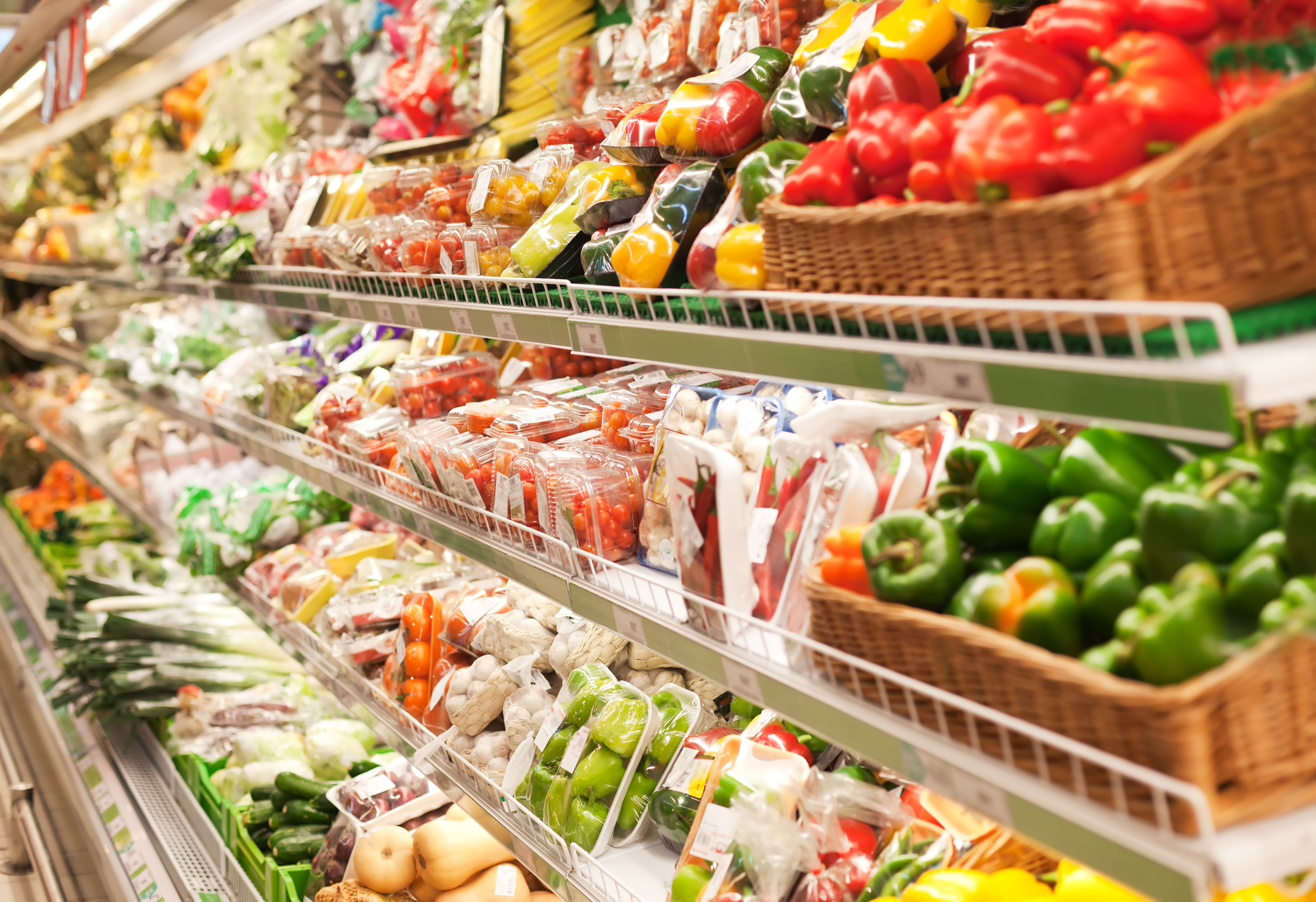
Fresher Inventory Management through Unified Planning and Execution
The key to improving fresh food inventory management is to unify the teams & technology of central planning & store execution. Learn why in this thought leadership blog between Movista and RELEX Solutions.
